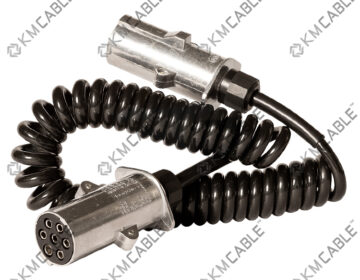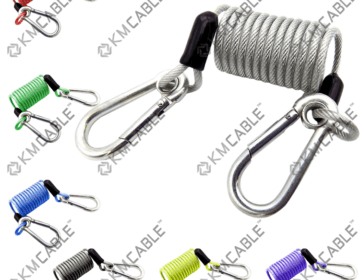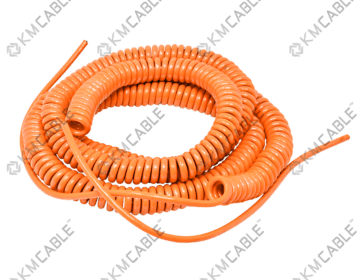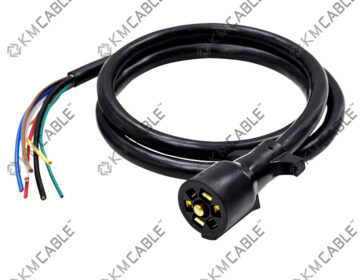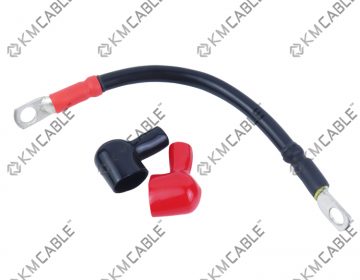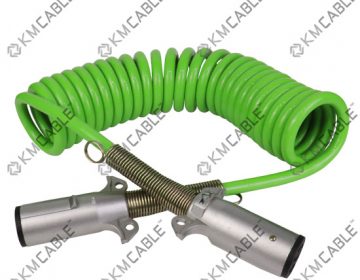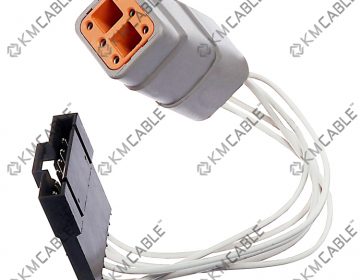No products in the cart.
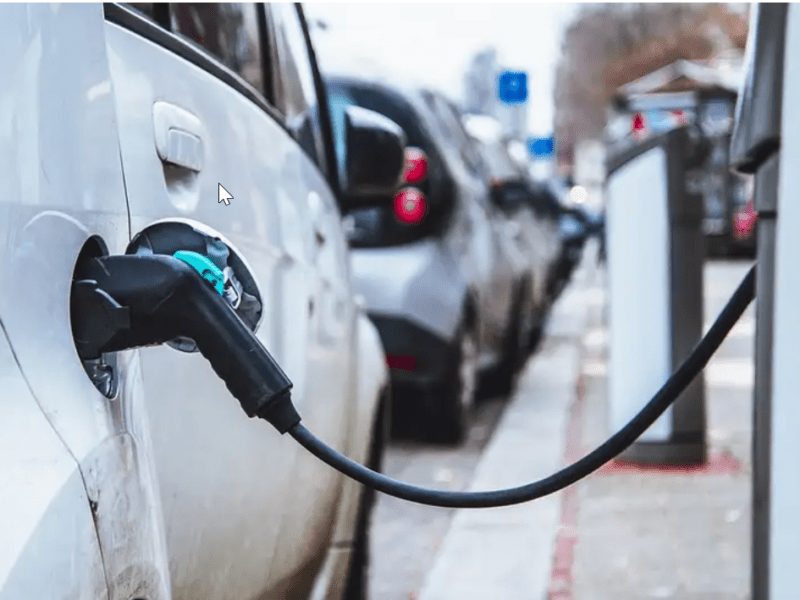
In the dynamic landscape of electric vehicles (EVs), the choice of a suitable charging cable is a pivotal aspect of ownership. As the demand for sustainable transportation grows, so does the need for a nuanced understanding of the various EV charging cable options available. This extensive buyer’s guide delves into the technical intricacies of EV charging cables, exploring different types, charging speeds, cable lengths, smart functionalities, durability features, compatibility factors, and crucial safety considerations.
Understanding the Types:
- Type 1 vs. Type 2 Cables:
- Type 1 Cables: Type 1 cables, prevalent in North America, are characterized by their single-phase charging capabilities. The connector features five pins, supporting both alternating current (AC) and direct current (DC) charging. For users in regions adhering to the SAE J1772 standard, Type 1 cables are the go-to option.
- Type 2 Cables: Widely adopted in Europe, Type 2 cables are recognized for their versatility, supporting both single and three-phase charging. This connector type, conforming to the IEC 62196 standard, employs a seven-pin design. The additional pins enable compatibility with various charging speeds, making Type 2 cables a preferred choice for many EV owners.
- Charging Speeds:
- Power Ratings: Charging cables are available in different power ratings, directly influencing the charging speed. Standard cables typically support Level 1 charging (up to 2.3 kW), while Level 2 cables can handle higher power levels, ranging from 3.7 kW to 22 kW or more. Consider your vehicle’s compatibility and the charging infrastructure to determine the optimal power rating for your needs.
- Fast Charging Cables: For those seeking expedited charging, fast-charging cables, often equipped with Type 2 connectors, are designed to handle higher power levels, facilitating Level 3 DC fast charging. These cables can significantly reduce charging times, but compatibility with both the vehicle and the charging station is paramount.
- Cable Length:
- Practical Considerations: The length of an EV charging cable is a practical consideration that impacts the convenience of charging. Users with fixed charging stations may require longer cables to accommodate different parking configurations, ensuring flexibility in charging locations.
- Voltage Drop and Efficiency: Longer cables introduce the potential for voltage drop, affecting charging efficiency. It’s crucial to strike a balance between cable length and charging efficiency to optimize the charging experience. Understanding the voltage drop characteristics of the cable in various lengths is essential for making an informed decision.
- Smart Cables:
- Wi-Fi Connectivity: Modern charging cables often come equipped with smart features, such as Wi-Fi connectivity. This allows users to remotely monitor charging progress, access charging history, and even receive notifications or alerts. Wi-Fi-enabled cables add a layer of convenience, enabling users to stay connected with their charging infrastructure.
- Mobile Apps: Charging cables with dedicated mobile apps provide an interface for users to control and customize charging parameters. These apps may offer features like scheduling charging times, setting charging limits, and monitoring energy consumption. The integration of mobile apps enhances the user experience by providing greater control and insight into the charging process.
- Durability and Weather Resistance:
- Cable Materials: The durability of an EV charging cable is paramount, given its exposure to various environmental conditions. Cables with high-quality materials, such as robust insulation and durable connectors, ensure longevity and reliability. Understanding the materials used in the construction of the cable can offer insights into its overall durability.
- Weather-resistant Features: Weather-resistant features, such as sealed connectors and protective coatings, are essential for cables that will be exposed to the elements. Ensuring that the cable can withstand rain, snow, extreme temperatures, and UV exposure is crucial for maintaining optimal performance over time.
- Compatibility:
- Vehicle Compatibility: Compatibility is a critical factor when selecting an EV charging cable. Different vehicles may have specific connector types and power requirements. Checking the compatibility of the cable with your vehicle’s make and model is essential to ensure seamless and safe charging.
- Charging Station Compatibility: Beyond vehicle compatibility, it’s equally important to ensure that the charging cable is compatible with the charging infrastructure. Charging stations may have specific connector types and power ratings, and verifying compatibility with the intended charging stations is vital for a hassle-free charging experience.
- Safety Features:
- Overcurrent Protection: EV charging cables should incorporate overcurrent protection mechanisms to prevent damage to the vehicle or the cable itself in the event of a sudden surge in current. This feature safeguards the charging system and contributes to the overall safety of the charging process.
- Overvoltage Protection: Overvoltage protection is crucial for preventing damage to the vehicle’s electrical system. The charging cable should be equipped with mechanisms to detect and mitigate overvoltage scenarios, ensuring a safe and controlled charging environment.
- Temperature Control: Charging cables operating at high power levels generate heat. Effective temperature control features, such as built-in sensors and cooling mechanisms, help maintain optimal operating temperatures, enhancing the longevity of the cable and ensuring safe charging.
Conclusion:
In the ever-evolving realm of electric vehicles, the choice of an appropriate charging cable is a nuanced decision that requires careful consideration of technical details. By understanding the types of cables, charging speeds, cable lengths, smart functionalities, durability features, compatibility factors, and safety considerations, prospective EV owners can navigate the market with confidence. As the electric vehicle landscape continues to advance, staying informed about the technical aspects of charging cables empowers consumers to make choices that align with their vehicles’ requirements and charging preferences, ultimately contributing to a seamless and efficient electric driving experience.

